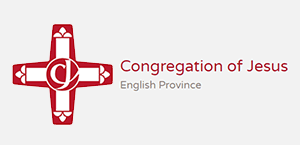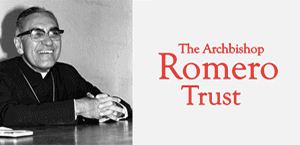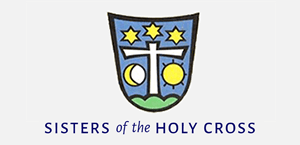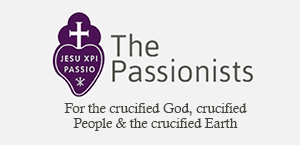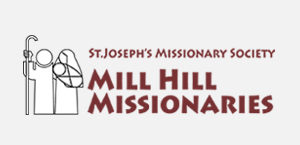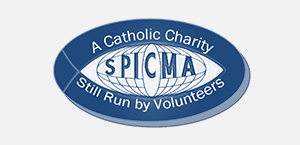Gospel in Art: The sabbath was made for man, not man for the sabbath
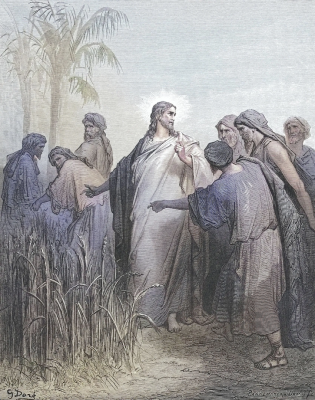
The Disciples Pick Corn on the Sabbath, by Gustave Doré, 1866-70 © Private Collection, London
Source: Christian Art
Gospel of 16 January 2024
Mark 2:23-28
One sabbath day, Jesus happened to be taking a walk through the cornfields, and his disciples began to pick ears of corn as they went along. And the Pharisees said to him, 'Look, why are they doing something on the sabbath day that is forbidden?'
And he replied, 'Did you never read what David did in his time of need when he and his followers were hungry - how he went into the house of God when Abiathar was high priest, and ate the loaves of offering which only the priests are allowed to eat, and how he also gave some to the men with him?'
And he said to them, 'The sabbath was made for man, not man for the sabbath; the Son of Man is master even of the sabbath.'
Reflection on the Engraving
In yesterday's reading, Jesus stated that fasting is a means for a purpose; today's reading, following straight on from yesterday's, makes a similar point about the Sabbath. It is a means to an end, not the end itself.
The Pharisees are portrayed as people who are very conscientious about upholding the religious law, in this case the law of the Sabbath. Jesus' disciples were picking ears of corn as they walked along and then eating the corn. The Pharisees saw this as a form of reaping, an activity that was strictly forbidden on the Sabbath. Jesus, while respectful of the Jewish religious law, was always more sensitive to human needs and to the necessity for such needs to be met, in this case the need for food. For Jesus, law, including religious law, should be at the service of people's basic human needs, rather than be an obstacle to having them met.
The engraving shown today is from La Grande Bible de Tours, a series of 241 wood engravings designed by the French artist, Gustave Doré (1832-1883) for a new deluxe edition of the Bible which he issued in 1866. The illustrations were immensely successful and have been reproduced countless times worldwide, influencing the visual arts and popular culture in many ways. It is still a sumptuous book that everyone, from those interested in Scripture to lovers of great art, should consult from time to time, as it is so rich in vivid depictions of the main scenes in the Old and New Testament. Doré did not just rehash what artists in previous centuries had done but gave an entirely new and fresh visual, narrative interpretation of the Bible.
In our engraving we see Christ talking to the Pharisees on the right, whilst his own disciples are on the left. Pharisees and disciples are all pointing. The main hand pointing though (which is also the brightest of tonalities) is Christ's left hand, pointing upwards, towards his Father in heaven.
LINKS
Gospel in Art: https://christian.art/
Today's Reflection: https://christian.art/daily-gospel-reading/mark-2-23-28-2024/












